The class of 2017 arrives on Wednesday. The competition to be a member of that class was more fierce than ever given our record number of applications, and to no one’s surprise the class is remarkably strong. Given the metrics we use for judging academic preparation, this is the most well-prepared class we have ever admitted. The average SAT scores are just above 700 (on all three tests), and most of the first-year students have already been successful in advanced foreign language study, mathematics and the sciences. They are a socially conscious group, and we expect them to continue their already impressive track record of turning their talents to helping those around them. Their achievements and qualities are reason for optimism for all those who care about Wesleyan and its future.
This was the first class admitted under our new need-sensitive admissions policy, and we proceeded exactly as we said we would: We read all files in a need-blind fashion and, as predicted, ended by being need-blind in roughly 90% of the decisions. Details about the class will be posted presently on the Admissions site. As always, we are meeting the full demonstrated financial need of all our students, and since there were considerably more financial aid applicants this year than ever before (6,660 in total), it does not seem that the change in our admissions policy (to be need-aware for roughly 10% of the applicants) discouraged interest in Wesleyan. And there’s no doubt that, from a financial point of view, our new policy puts us in a much better position to secure Wesleyan’s future by helping us to control costs. That future had also been clouded by the question of affordability with Wesleyan nearing the top of the list of most expensive schools in the country, and here too we’ve made progress, with smaller tuition increases, drops in student loan levels and loans replaced by grants for the highest-need students. More reasons for optimism.
At the same time, our “yield” this year with respect to admitted students with highest need turned out to be less than what we expected. Why is a bit of a puzzle. Students to whom we offered the most aid (meeting their full need) were the ones who disproportionately chose to go elsewhere. Based on what we know about our admission and financial aid model this year, it would be hard to argue that the drop was due to our policy change. Also this year, albeit with a much smaller group, we had dramatically more success in yielding Native American students. We have no explanation for the drop (or the increase), and we don’t have the data to do more than speculate. But the drop concerns us. Is it an anomaly?
Given what we know about inequities and income distributions in the US, having fewer than anticipated highest-need students also means a drop (about 2%) in minority representation. That particular drop is small, but it’s not what we want. At Wesleyan, we are committed to affordability, sustainability and diversity.
There is some guesswork (and many statistical models) involved in putting any class together. This has been the first year operating within the parameters of our new admissions policy, and we have already begun revising our models for the future. How financial aid plays out in individual years will vary (slightly), but Wesleyan will remain among the most generous schools in America, devoting some $50 million to financial aid each year.
We are already proud of the Class of 2017’s preparation, and we eagerly anticipate their contributions to Wesleyan and the Middletown community. With boldness, rigor and practical idealism they are sure to shine!
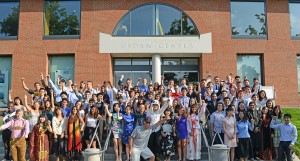
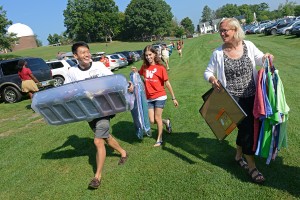
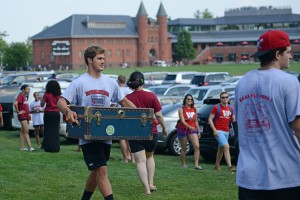
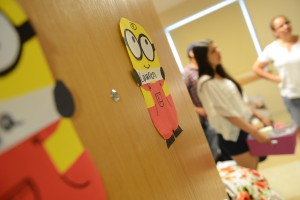
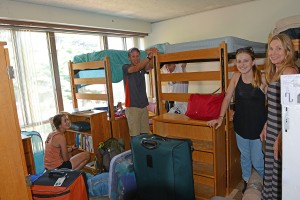
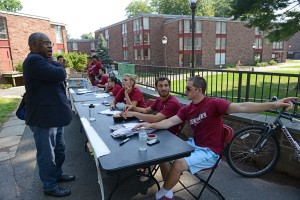
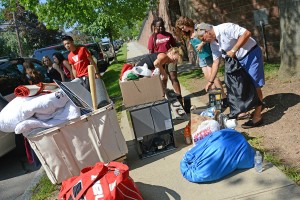
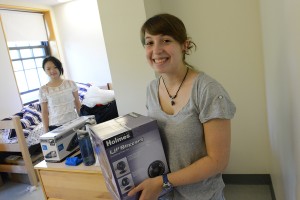



![photo[6]](https://roth.blogs.wesleyan.edu/files/2013/08/photo6-300x225.jpg)